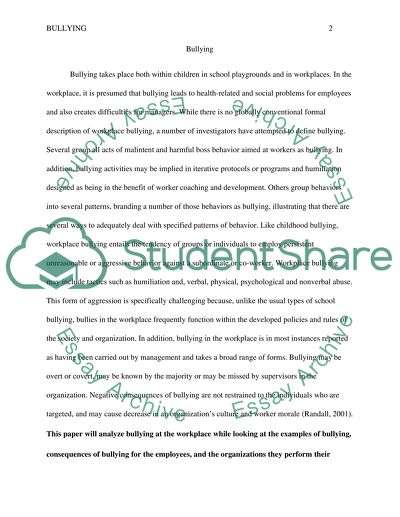Cite this document
(“Bullying Essay Example | Topics and Well Written Essays - 1000 words - 1”, n.d.)
Bullying Essay Example | Topics and Well Written Essays - 1000 words - 1. Retrieved from https://studentshare.org/english/1473289-bullying
Bullying Essay Example | Topics and Well Written Essays - 1000 words - 1. Retrieved from https://studentshare.org/english/1473289-bullying
(Bullying Essay Example | Topics and Well Written Essays - 1000 Words - 1)
Bullying Essay Example | Topics and Well Written Essays - 1000 Words - 1. https://studentshare.org/english/1473289-bullying.
Bullying Essay Example | Topics and Well Written Essays - 1000 Words - 1. https://studentshare.org/english/1473289-bullying.
“Bullying Essay Example | Topics and Well Written Essays - 1000 Words - 1”, n.d. https://studentshare.org/english/1473289-bullying.


